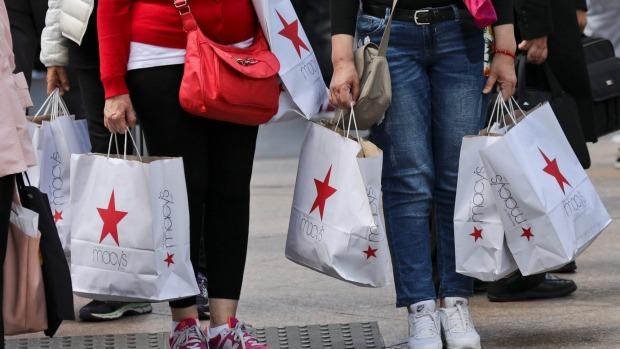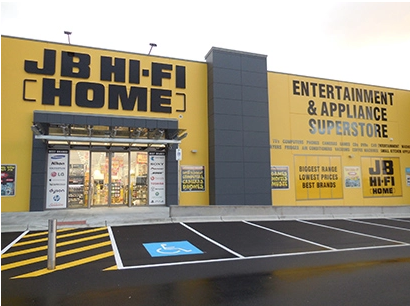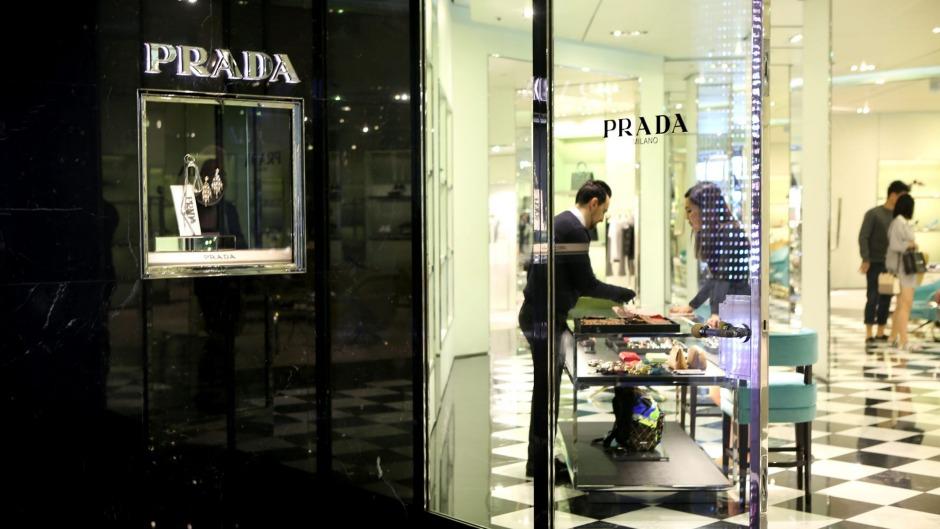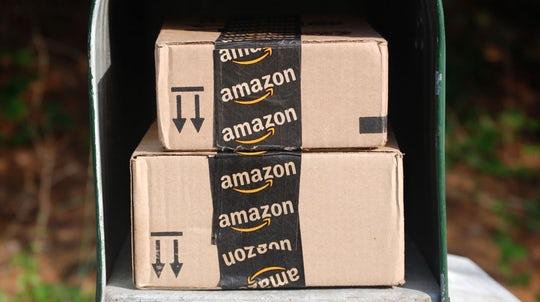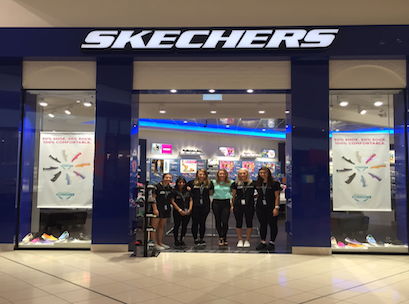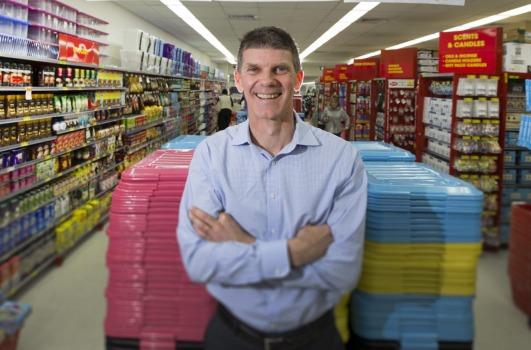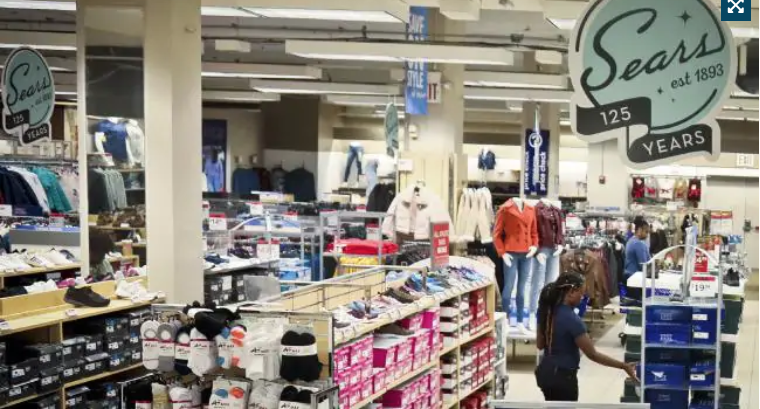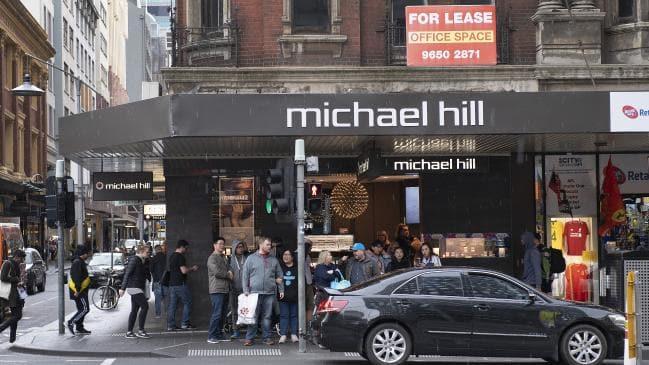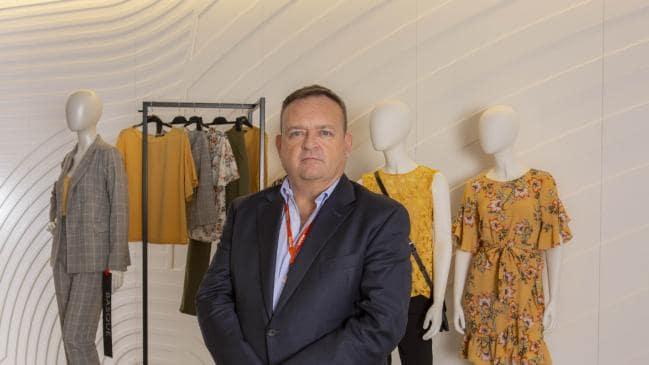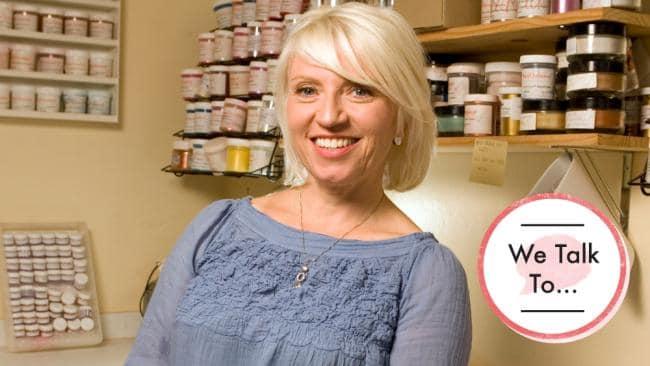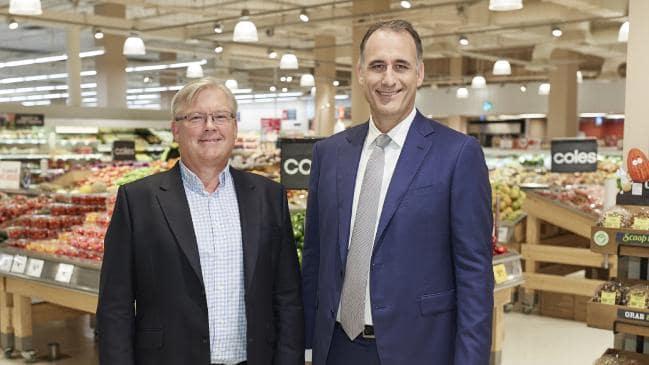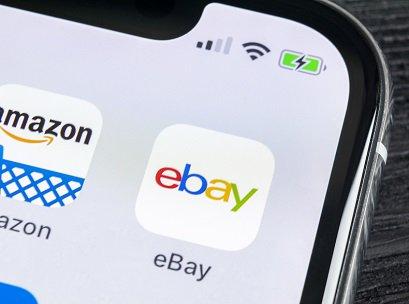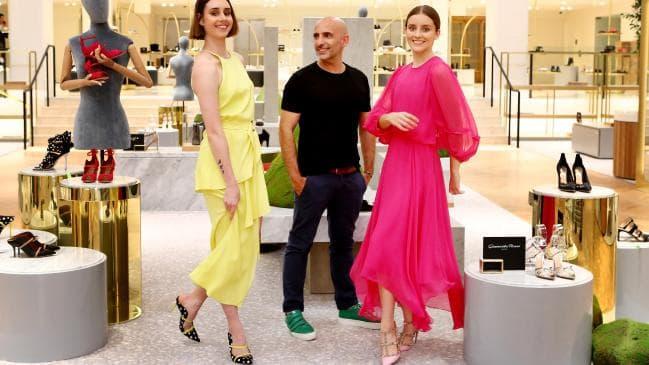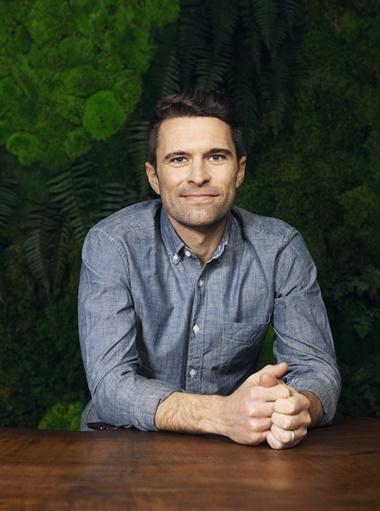
Allbirds co-founder Tim Brown has brought his sustainable footwear brand to London, but is not stopping there
You may not have heard of the San Francisco-based footwear brand Allbirds or recognise its simple, unassuming shoes, but, having conquered the US, it is on a mission to change that.
The direct-to-consumer business launched just two years ago with one style of shoe and has been quickly, yet quietly, kick-starting a sustainable footwear revolution – one based on simplicity, comfort and sustainability.
In two years, it has sold more than one million pairs of shoes. It now counts a raft of famous names – including Barack Obama – as fans, and actor Leonardo DiCaprio is one of its investors.
Last month, it completed a $50m (£39m) round of series C venture capital funding. The company is thought be valued at $1.4bn (£1.09bn), although it will not disclose the actual amount.
Allbirds has now landed on UK shores with its first store outside of North America, which opened at 123 Long Acre in central London’s Covent Garden on 17 October.
“At Allbirds, we’re dedicated to making better things in a better way by using premium natural materials to create supremely comfortable and sustainable products,” co-founder Tim Brown tells Drapers. “We believe that you shouldn’t have to harm the environment to make a pair of shoes that look and feel great – or, really, anything else.”
As a former professional soccer player, Brown would regularly receive free footwear from sportswear companies. He noticed that most were “over-designed” and bore huge logos, garish colours and constantly changing details, driven by the demands of seasonal collections.
“I felt there was a real gap in the market for a shoe that was simple, used natural materials over synthetics, and actually prioritised comfort,” he says.
After representing his native New Zealand in the 2010 FIFA World Cup, Brown retired from sport to pursue Allbirds, then a “curiosity project”.
“I grew up in New Zealand, the land of 29 million sheep, so I’ve long been aware of wool’s incredible properties,” he explains. “It is moisture wicking, temperature regulating, and, most importantly, extremely soft. I wondered why it hadn’t really been used before in footwear, so I set out to try to develop a merino wool fabric that could stand up to the wear and tear shoes go through on a daily basis.”
The process was “extremely challenging” and took Brown and his Allbirds co-founder, engineer Joey Zwillinger, years of research and development. It resulted in a unique superfine merino wool fabric that is soft, itch free, durable and water resistant.
Allbirds took this and launched with one style of shoe. The Wool Runner is a simple, pared-back style for men and women. It retails at £95 and remains core to Allbirds’ offer.
“When people talk about innovation, the assumption is that it’s about adding new components or functionalities,” says Brown. “However, I believe it can be just as revolutionary to take things away. With our products, we focus on simple forms that allow our natural materials to shine, rather than crowding them with superfluous details.
“We launched with only one shoe, which is the complete antithesis of what a typical footwear company does. We’ve intentionally kept our product line limited, making sure that each new launch solves a specific comfort problem and meets our standards for sustainability and design.”
These new styles include a second fabric, called Tree, which is made from eucalyptus pulp and uses only 5% of the water and one-third of the land that traditional footwear materials require.
This summer, Allbirds added a third innovation, which focuses on outsoles: SweetFoam
Brown elaborates: “Though we had developed bio-based or recycled solutions for every other part of our shoes, finding a sustainable option for the outsoles was an enormous challenge. That’s why, three years ago, we convinced Braskem, a massive [petrochemical] company in Brazil, to take a chance on us and help us develop a green alternative to the petroleum-based EVA foam widely used in casual footwear. The result: the world’s first carbon-negative green EVA, which is the primary component in our SweetFoam soles.”
Not participating in a wholesale cycle means we have more control over our product development and pricing
Allbirds decided to open-source the technology so the wider footwear industry could utilise the innovation.
This focus on sustainability is core to the Allbirds business, says Brown: “Right from the start, Joey and I decided to treat sustainability as non-negotiable. This extends to every aspect of our business – from the materials we use, to the elimination of single-use products in our office, to how we decided to package our shoes [the brand uses 90% post-consumer recycled cardboard in its packaging].”
Allbirds is one of an emerging group of brands built around the direct-to-consumer model, and Brown says it does not intend to adopt wholesale.
“A direct-to-consumer business model gives us the opportunity to use premium materials and invest in sustainable practices while still keeping our products affordable,” he explains.
“Not participating in a wholesale cycle means we have more control over our product development and pricing, while also building a direct relationship with our customers. We’ll continue to pursue a sales strategy that allows for the best customer experience and pricing structure. That doesn’t currently involve widespread wholesale distribution.”
Having initially launched online, Allbirds opened its first store in San Francisco in March 2017, joined by a second permanent store in New York in September 2018. A pop-up store in Toronto that opened in May has now closed.
This omnichannel approach is now an important part of the business’s future growth plans, says Brown: “Over the past year, we’ve been able to provide our customers with a unique store experience, and have seen the advantage to having a physical retail space for ourselves. As a brand that’s focused on comfort, seeing the reaction to that initial try-on moment helped us understand how important it was to get our products and materials into the hands of curious shoppers.”
And Brown plans to get his brand in front of many more customers: “We’ll be continuing to invest in retail and global expansion, with the goal to bring sustainability to more closets around the world.”




